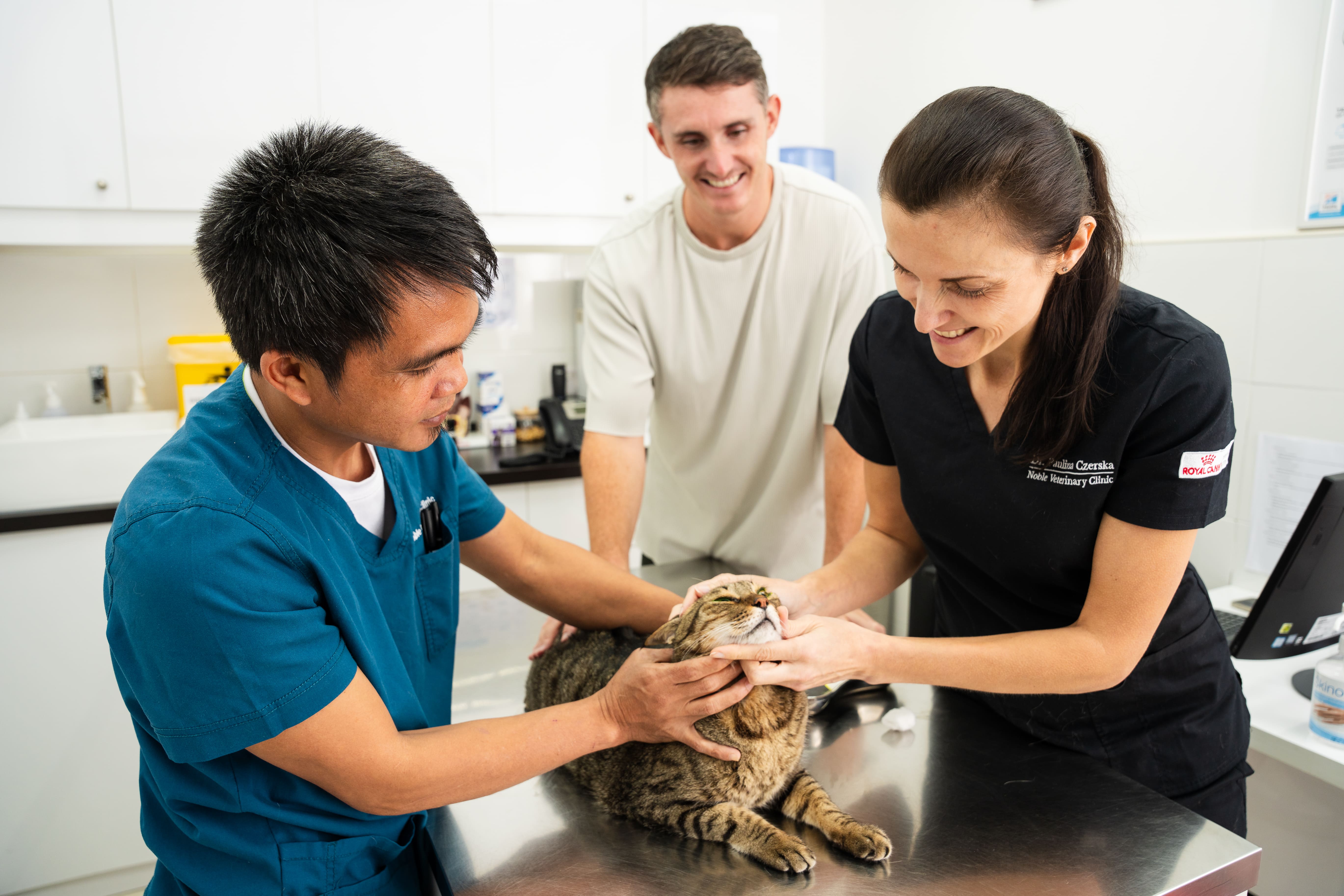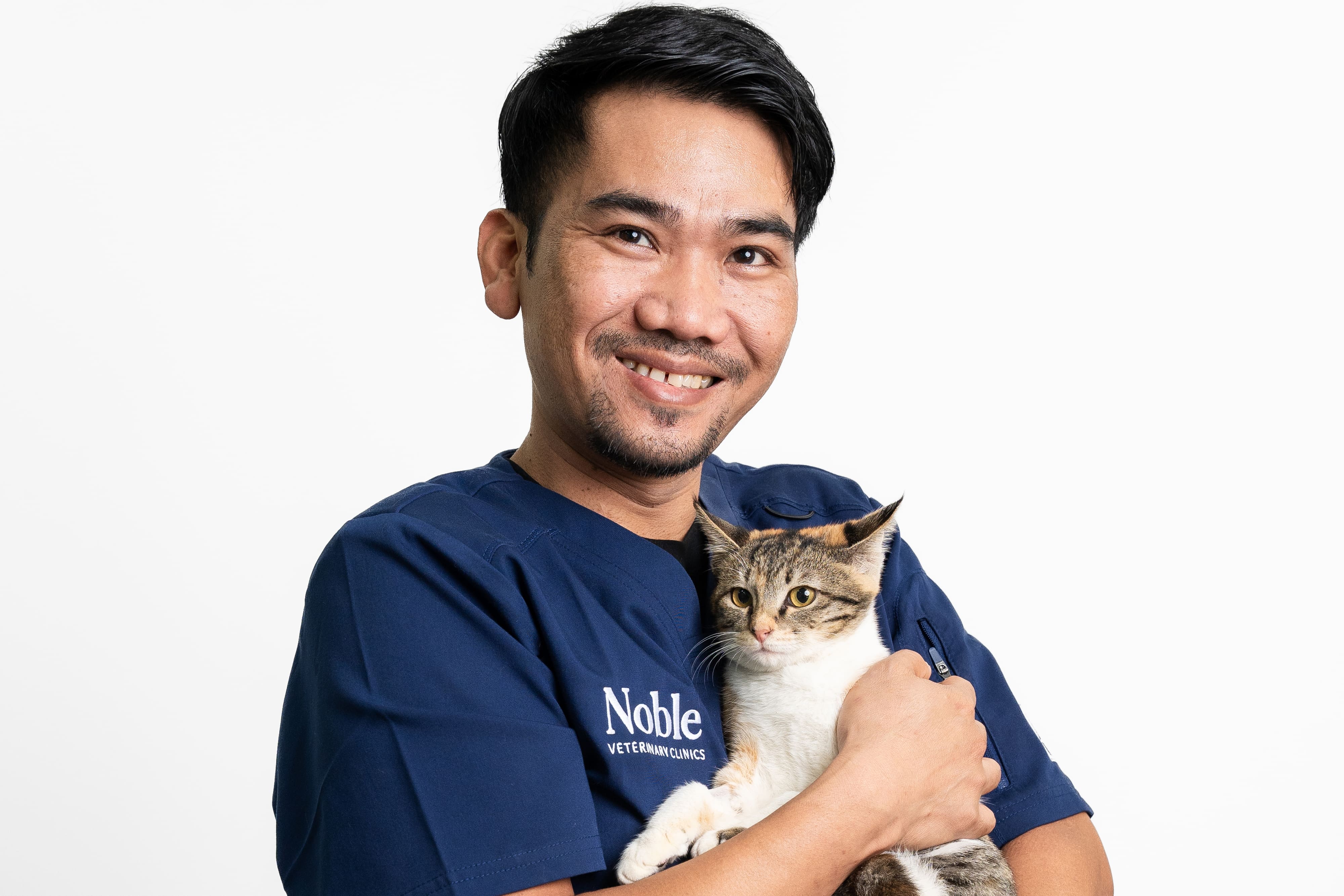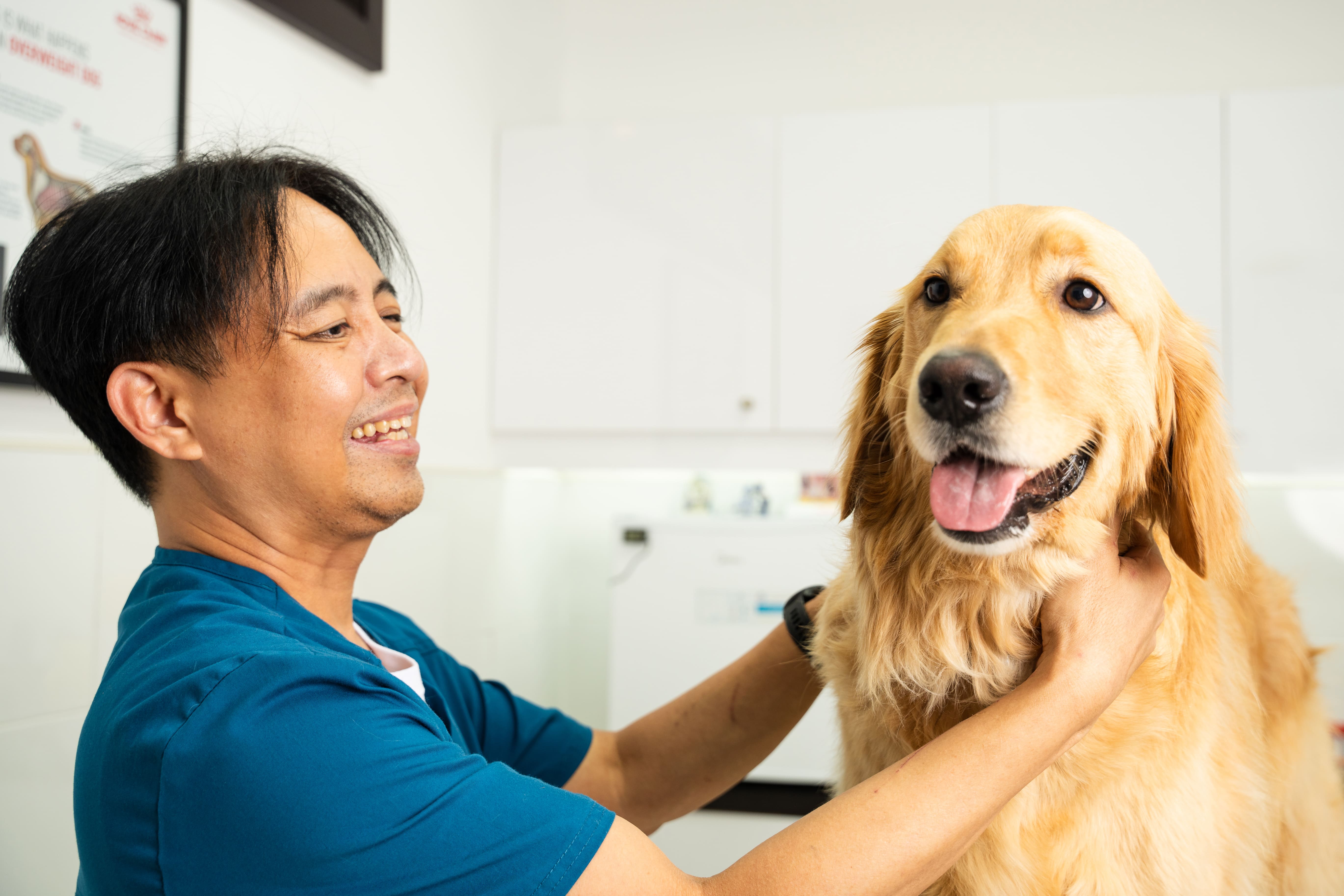Keeping our cat’s eyes safe is part of our duties as pet owners. So, if you’ve noticed your cat squinting or pawing at its eyes, something like entropion might be the one causing trouble. Entropion in cats is a condition characterized by the eyelid rolling inward. This causes the cat’s fur and eyelashes to rub against its eyes.
While entropion is more commonly associated with dogs, it can also affect cats, especially in certain breeds. This eye condition can be painful and lead to serious eye damage if left untreated.
The good news is a cat’s entropion can be managed and corrected. Most cats affected by this condition recover well and live comfortable lives. But before that, let’s know more about entropion and how it affects our cats.
What Causes Entropion in Cats?
Entropion experienced by cats can be congenital or acquired.
Congenital Entropion. This type of entropion is caused by a cat’s genetic predisposition to the disease. Flat-faced cats are some of the most affected types of cats prone to this disease. This includes cats such as Persians, Himalayans, and Burmese.
Acquired Entropion. Acquired entropion is characterized by factors cats develop over time. This includes eye infections, aging, and eye damage. These conditions can all cause entropion in cats.
What are the Signs of Entropion in Cats?
Cats are masters at masking and hiding pain, so it’s good to take note of the common symptoms of entropion.
Frequent squinting or blinking. You might notice your cat keeping one or two of its eyes closed because the inward-rolled eyelid is causing irritation. Squinting is its way of dealing with the discomfort.
Excessive tearing. If you notice your cat’s eyes constantly watering, it could be a sign that their eyelashes or fur are rubbing against the cornea. Tear stains on their fur are also common, especially near the inner corners of the eyes.
Redness and irritation. The constant friction from the eyelid rolling inward can cause inflammation, making the eye look red and swollen. This irritation can worsen over time if the condition isn’t treated.
Mucus or pus-like discharge. If an infection develops due to the irritation, you may notice yellow or green discharge around your cat’s eye. This is a sign that bacteria have taken advantage of the damaged eye surface.
Pawing at the eye. Cats with entropion often rub their eyes with their paws or against furniture to try to relieve discomfort. Unfortunately, this can make things worse by introducing bacteria or by adding damage to the eye.
Cloudiness or changes in the cornea. As time goes on, entropion can lead to corneal ulcers and injuries in cats, making the surface of the eye look cloudy or dull. If left untreated, this can eventually impact vision.
Third eyelid protrusion. You might notice your cat’s third eyelid becoming more visible. This usually happens when the eye is irritated and trying to protect itself.
How is Entropion Diagnosed in Cats?

If you notice any of the symptoms, a quick diagnosis at the clinic is a surefire way to get an accurate reading. To diagnose your cat’s condition, we’ll use steps that can determine if your best friend is dealing with entropion and other eye-related issues.
The first step is always a physical examination of the eyes. Our vets will look out for any signs, such as redness, excessive tearing, and inward-rolled eyelids. Any notable eye behavior, such as squinting and blinking, will also be noted.
Fluorescein stain tests will be used to check for any corneal damage. The dye is completely harmless, as it just lets us see if there are any ulcers or scratches on your cat’s cornea. These areas will be highlighted once we introduce a blue light.
Another test we’ll use is the Schirmer tear test. In this test, our vets will measure your cat’s tear production. This will help us rule out any dry eye issues.
How is Entropion in Cats Treated?
Luckily, entropion is easily treated in cats. It just takes a quick diagnosis and a series of treatment options. To help manage your cat’s entropion symptoms, we’ll make use of specific medications to help manage the symptoms.
Eye lubricants. These lubricants help protect the eyes from irritation temporarily.
Antibiotic eye drops. Antibiotics in the form of eye drops will be used in a bacterial infection that is involved in your cat’s entropion.
Pain relief medications. Pain medications can also be administered to make your cat more comfortable during the treatment process.
The main treatment option will be eye surgery. In this procedure, a small elliptical section of skin and fur will be removed from below the affected eyelid. By doing so, the eyelid can naturally roll downward.
After the surgery, recovery will be an important step. This will make use of an E-collar, eye drops, and constant vet checkups to make sure the process goes on smoothly. Fortunately, the success rate of this surgery is high, with most cats easily going back to their normal routines.
What are Ways to Prevent Entropion in Cats?

While entropion itself cannot be fully prevented, it’s still important to protect your cat’s eyes. You can do this at home by regularly cleaning your cat’s eyes at least once a week, more often if your cat frequents the outdoors. Use a clean, damp cloth and wipe outward. You should also include eye care whenever you have your cat professionally groomed.
Keep your house clean and free from anything that can injure your cat’s eyes. Additionally, supervise your cat if you’re going to let it stay outside. If you notice any symptoms, be sure to bring your cat to the clinic immediately. Regular checkups are also helpful for your cat’s long-term eye care.
"Protecting your cat’s vision means protecting their quality of life. Always keep an eye on their eyes as its one of the best ways to care for their health."
- Dr. Soheyl Simaei
Conclusion
Entropion can stir trouble for cats and disrupt their normal routines. The condition can constantly cause a lot of pain and discomfort, especially when it’s left untreated. So, if you notice any of the signs of entropion, it’s best to bring your cat to the clinic.
With immediate intervention and proper treatment, your cat’s eyes can continue to see more of the world and enjoy its time with you.
Share







